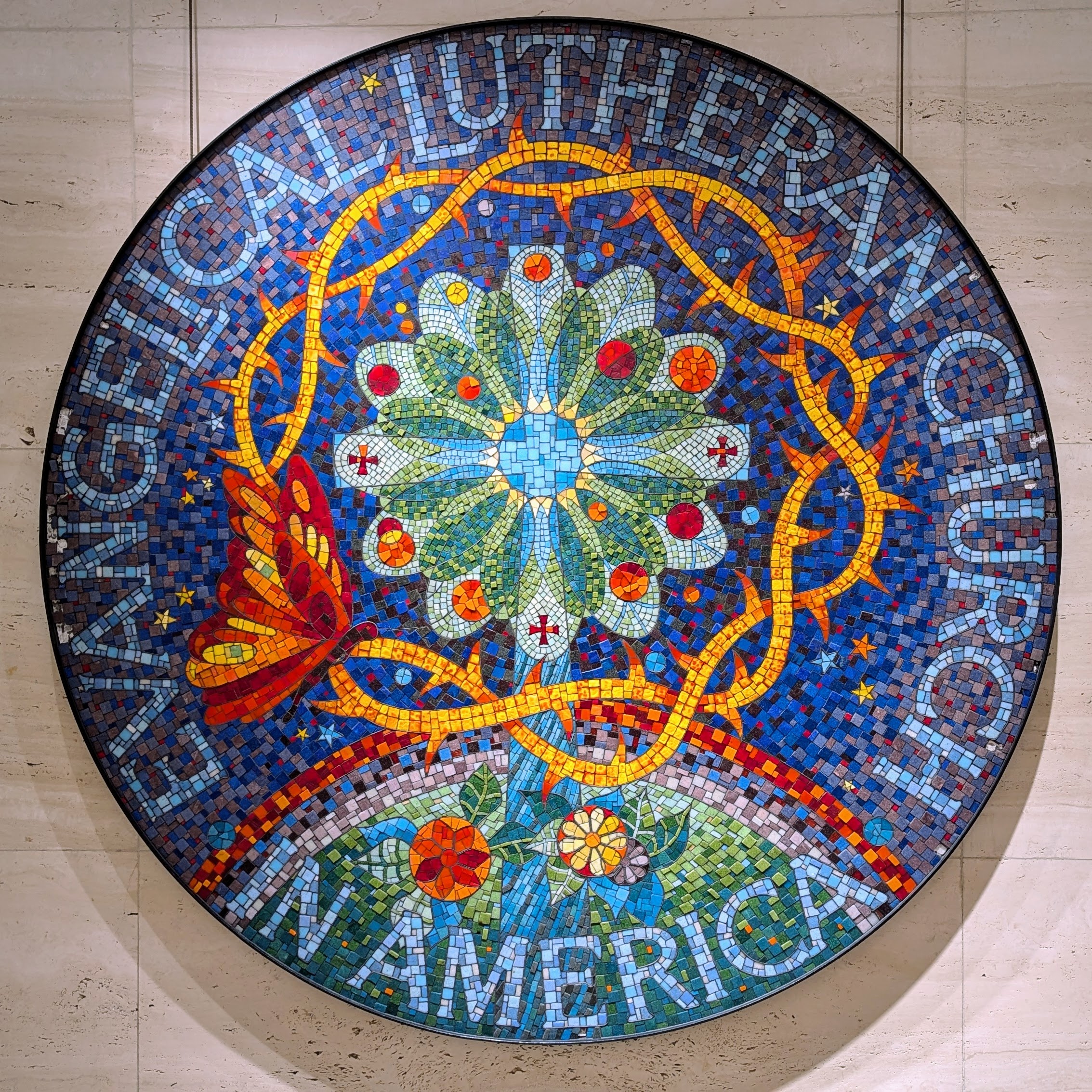
Rivers don’t stay put. It’s not just that water keeps flowing. It’s also that rivers’ courses keep changing. Water is powerful, and compared to rivers we are short-lived, impatient creatures.
Over thousands of years, the Colorado River sometimes flowed into southern California’s Imperial Valley, creating an inland salt sea, and sometimes flowed around the valley, as it does now. Starting in 1900, an irrigation canal was build from the Colorado River to the valley. But when floods broke through a canal gate, the flow could not be stopped for two years. This created a massive below-sea-level lake called Salton Sea.
The Salton Sea would’ve dried up, but farmers kept draining excess irrigation water into the valley. In the 1950s and 60s, the Salton Sea became a tourist destination, with many resort towns known for beach, sun, water skiing, and more. But by the 1970s, agricultural pollution was poisoning the lake. There were massive die-offs of fish and birds. Into the 1990s, as farmers used water more efficiently, the lake started shrinking. Then winds plus a highly salty and contaminated dry lake bed created clouds of toxic dust.
Long before this, tourism and the Salton Sea’s resort towns collapsed. The sea remains, still slowly shrinking. And so does Bombay Beach.
Over spring break, I visited Bombay Beach with my family. We’d gathered about an hour away in Palm Springs, for my mother-in-law, Pastor Elaine’s 75th birthday. One day, my brother-in-law took us to Bombay Beach but declined to say anything about it and forbid us to Google it. He wanted us to experience its profound strangeness and beauty firsthand.
Bombay Beach is eerily post-apocalyptic. It’s a modern ghost-town, rundown and partially abandoned. But it’s also a wonder. It’s being reclaimed as both home and as outdoor art installation, with no boundary at all between the two. There’s graffiti, poem houses, repurposed refrigerators as tiny libraries and food pantries, sculptures made from found-materials, with lots of wit, scatologies, defiance, and satire. But also there’s an operating fire station, a community center, and a church.
It’s unlike anywhere I’ve ever been. Walking around town, I first felt like a voyeur, gawking at people’s homes. But the further we walked, and the more piles of painted TVs and plastic skeletons swinging on swings I saw, I sensed that this was all meant to be seen.
Bombay Beach is meant to be a vision. Or visions, plural. Of death. Of rebirth. Of human folly. Of human resilience. Of human wildness and diversity that refuses to be policed or homogenized.
There’s no master artist or city council planning and managing all of this. If you want to dig a big hole and make it up like a subway tunnel, you just do that. The art ranges from clearly professionally to clearly not. The latter seeming like what my Aunt Eve did once when she was tired of looking at the cracks in her aging walls. With a black marker, she traced them to make an elephant. The elephant remained for over a decade.

When spring break ended, I stayed in Chicago, while Sara and the kids drove home from the airport. I stayed for a “trainers’ retreat” of the Organizing for Mission Network. We met in the ELCA Churchwide Offices, but we weren’t only Lutherans. We were also Methodist, Presbyterian, Disciples of Christ, Baptist. We were queer and straight; black, white, and Latino; pastors, organizers, educators, denominational staff, and even a bishop; and from all over the United States and one from Lisbon, Portugal.
It was a diverse space, and we gathered around common commitments to Jesus, to racial and economic equity, to our local places trusting that the people closest to the problem are closest to the solution, and to the belief that community organizing is a spiritual practice. There was tension. There was imperfection. There was love. We were a vision. But not just one: visions.
Rev. Dr. Yolanda Norton, bible scholar, preached for our closing worship with ELCA Presiding Bishop, Elizabeth Eaton. She preached about the Tower of Babel in Genesis 11. She affirmed that what God did there was grace, not punishment, and that Acts 2 didn’t fix God’s fix. She said the problem God came down to solve was not arrogance or pride, not wanting to “make a name for themselves” with a tower that “touched the heavens.”
Instead, the problem was this: “Now the whole earth had one language and the same words.” So as an act of grace, God confused their language, so they had many not just one. And God scattered them, so they had many communities, not just one. And what we do is keep trying to force one-ness–uniformity; conformity; a single right way to speak or act or be. But God in God’s grace keeps coming down to where we are, confusing us with merciful plurality and difference and tension.
The river keeps moving. The river is patient. And sooner or later it will, with love, erode the very foundation of our life, so new, freer lives can begin. -PC
